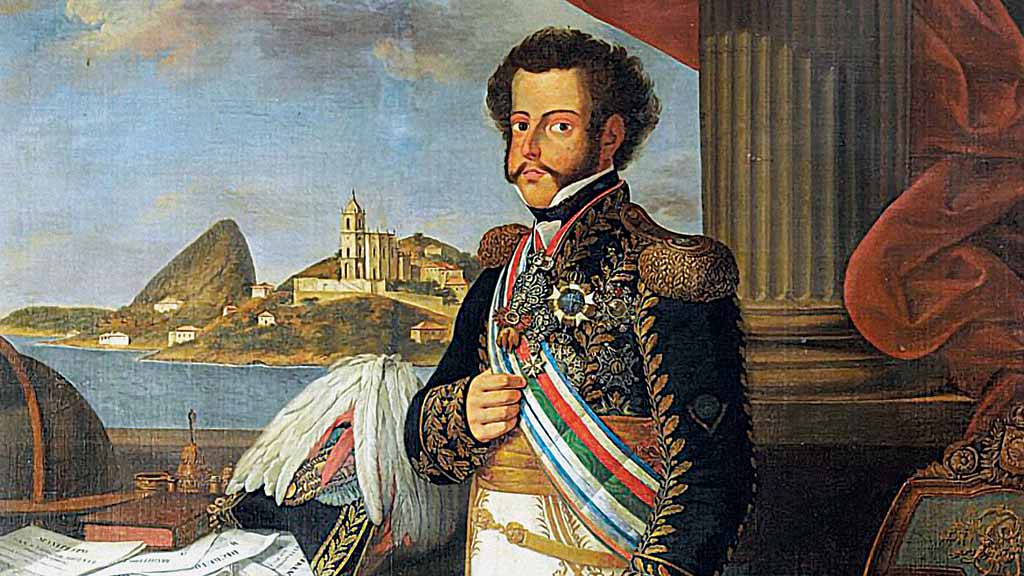Many people are unaware, but Dom Pedro I suffered from epilepsy – a condition that temporarily alters brain function, reversible, not caused by fever, drugs, or metabolic disorders. During the marriage process of the emperor with Dona Leopoldina, even the Austrians knew about Dom Pedro’s epilepsy, a condition that he, his parents, and siblings suffered from, and one that the Braganza family never had any intention of hiding.

On May 13, 1816, during the period when Brazil was still under the general government of Lisbon, on the anniversary of King João VI, father of Dom Pedro I, newly arrived troops from Portugal for the taking of Montevideo were reviewed by him, in one of his rare appearances on horseback. His sons Pedro and Miguel accompanied him, drawing attention for their gallant bearing as they rode and for the officer uniforms they wore. The event took place in Vila Real da Praia Grande, present-day city of Niterói. After the review, there was the traditional hand-kissing ceremony, which lasted until four in the afternoon when it was interrupted by the abrupt collapse of Dom Pedro I. According to the writer Alberto Rangel, Dom Pedro I “had a motionless face; fixed eyes; disordered movements; his words were incoherent and foam dripped from his mouth like a rabid dog”. After the incident, Pedro was taken to a nearby house, where he could rest until he regained consciousness and relieved his headache, when he was then transported to his own quarters. This was the sixth attack he had suffered.
Doctors Marleide da Mota Gomes and Miguel Chalub, from the Federal University of Rio de Janeiro, after a case study, diagnosed Dom Pedro I as someone afflicted by “a possibly familial epilepsy from the group of idiopathic generalized epilepsies with varied phenotypes, predominantly presenting with generalized tonic-clonic seizures.”
Epilepsy could have been responsible for the agitation that always characterized Pedro I, as well as his impulsivity and even hypersexuality. In addition to attributing to the illness the “questionable mental sanity,” which, as doctors explain, would lead to “passion, excess, fantasy, dream, and transgressions against established norms.” Other behavioral aspects of Pedro I, such as inattention, hyperactivity, and impulsivity, could also be indicative of attention deficit hyperactivity disorder (ADHD), present in up to 23.5% of epileptic cases.
The illness that affected Pedro I would, in the near future, affect his son Pedro II, but in his case, the illness would be much milder.
Reference: REZZUTTI, Paulo. D Pedro I: A história não contada – Nova edição revista e ampliada: O homem revelado por cartas e documentos inéditos. Brazil: Leya, 2022.

Matheus Araújo
Matheus is an entrepreneur at Araujo Media, where he serves as CEO and Creative Director. He shares analyses on his personal blog "matheusaraujo.me" and is currently pursuing a degree in Advertising and Propaganda. Moreover, he has a passion for history, particularly that of Brazil, which led him to become the founder and editor of the Brazilian History portal.
